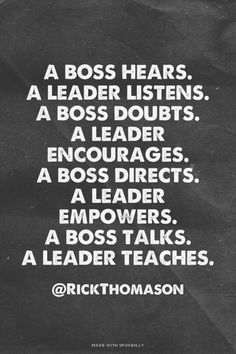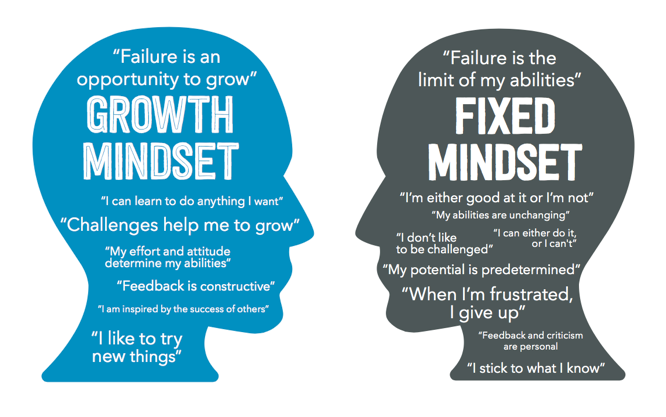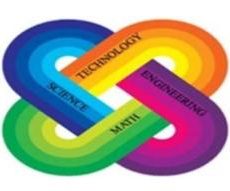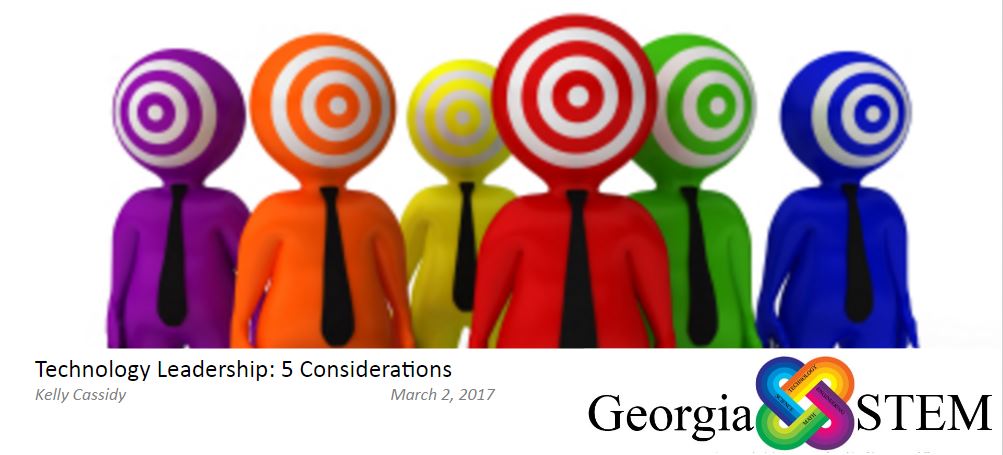#1 The Hierarchy cannot drive the decisions.

“The best decisions have to be the driving factor, otherwise- good people leave.” (Steve Jobs) As experts discover more about effective technology leadership, they all seem to echo that a good leader doesn’t always have the best ideas but they find the way to get the best from the people they work with every day. Clayton Christensen also talks about innovative leadership in his book “Disrupting Class: How Disruptive innovation will change how the world learns”. He reiterates the sentiments of Steve Jobs and talks about how leadership is based on communication and optimizing all the inputs from all stakeholders.

Henry County has a session each month called Leadership Listens! It is a time that school leadership has to allow parents, students and community members to express concerns, ask questions and for the leadership to listen. “New times call for new attitudes, and the school administrator’s role is no exception… They are expected to form a community of learners and stimulate creativity among teachers ” (Papa, 2011). Rosemary Papa also talks about the vision the administration sets for the school and the impact it has on student learning in her book Technology Leadership for School Improvement. Leaders with a transformational leadership style bring together the best of those they work with and are able to bring about effective change.
#2 Adopting a Growth Mindset is Vital

Too often in education, really in all professions, we tend to blame our failures on something instead of looking for ways to transform those failures into learning opportunities. This is why the growth mindset is so vital for all levels of education- from students all the way up to Superintendents. The growth mindset relies on the concept that learning and opportunities for change can be found in our failures. The “power of yet” is a transformative idea and is gaining traction in education. We must remember that success is like an iceberg!

When applied to technology, we have to encourage educators to move out of their comfort zone with instructional technology and try new digital tools and techniques. Schools need a workforce that is capable of engaging in active lifelong learning, higher cognitive skills, and collaboration. (Papa, 2011) We also have to support them as they fail at those new strategies, modify and seek to try again. Leadership is more than just making the plan and delegating tasks. Good leaders are participants in the successes and the failures.
#3 Technology Leadership must have Equity.

Digital equity is a concern. Do all students have access to the learning opportunities and tools to help them be successful? How do we avoid a “one fits all” approach but also not drive ourselves crazy with too many different models at one time? Having a good understanding of school demographics, digital equity concerns, Individualized education and 504 plans and developmentally appropriate technology for different ages is important. Leaders must also be sensitive to issue with poverty and access to technology.
#4 Personalize the Professional Development.
 The goal should be to advance and personalize a multi-tiered model to help all educators raise their mastery level. This is especially important with Assistive Technology (AT) devices.
The goal should be to advance and personalize a multi-tiered model to help all educators raise their mastery level. This is especially important with Assistive Technology (AT) devices.
We need to introduce AT, model the usage and help educators develop high skills with AT. Technology Leaders must also look for ways to give advanced AT skills to those educators who are ready. (Papa, 2011) Understood.org is a great resource for Assistive Educational Technology. They have a robust variety of AT which are organized by what type of assistance the technology provides.
Next time you plan a Professional Development or workshop, think about how you could personalize instruction. It is insensitive and disrespectful to put 50-100 educators in a room and do a workshop that is not tiered. You are essentially telling them that it is important that they differentiate in their classrooms but that you don’t feel compelled to also model this important concept. Good leaders must lead by example and model what they value.
#5 Don’t be Afraid to be Innovative!
 One of the most interesting ideas presented by Papa in her leadership for school improvement is the use of schools and established technology to facilitate technology advancement of parents. Since parents are their child’s most important instructor, they will also benefit from the technology tools and skills that are being taught to teachers.
One of the most interesting ideas presented by Papa in her leadership for school improvement is the use of schools and established technology to facilitate technology advancement of parents. Since parents are their child’s most important instructor, they will also benefit from the technology tools and skills that are being taught to teachers.
 At the GaETC conference, the session on Minecraft in Education was full every time it was delivered. As a parent, I was interested in this technology that seems to zap the attention and focus of my 3 sons for hours at a time. I learned so much about how I might use Minecraft in my classroom. During the session, we also mastered some basics about the game. I am now the cool mom of the friend group. Little Minecrafters respect that I can speak the lingo, whereas some of the other moms still have creeper status.
At the GaETC conference, the session on Minecraft in Education was full every time it was delivered. As a parent, I was interested in this technology that seems to zap the attention and focus of my 3 sons for hours at a time. I learned so much about how I might use Minecraft in my classroom. During the session, we also mastered some basics about the game. I am now the cool mom of the friend group. Little Minecrafters respect that I can speak the lingo, whereas some of the other moms still have creeper status.
What are your ideas about technology leadership? Do your top 5 align with mine or do you have a different focus? I’m interested in your thoughts.

Papa, R. (2011). Technology leadership for school improvement. California: SAGE Publications.
Christensen, C., Horn, M. B., & Johnson, C. W. (2011). Disrupting Class: How disruptive innovation will change the way the world learns. New York: McGraw Hill



The considerations you mention are all very valid components tech leadership should consider. With regard to the hierarchy, I found it interesting to hear about Henry County’s “Leadership Listens” sessions. We have something similar in our county, known as the Superintendent’s Council, which is a group of classroom teachers that speak with the top-level leaders periodically about various issues. I do see the importance of what we refer to as shared governance, where stakeholders throughout the organization are contributing to decisions and the overall direction of things.
I also found your “creeper status” reference intriguing to say the least. What interests me are the various ways parents deal with and react to change and the unknown. Although you are a parent-educator who has chosen to adopt and learn more about the current culture, I know [personally] parent-educators whose reaction has been the exact opposite; and in spite of their children’s strong interest in technology, these parents have “forbidden” them from participating in any class work and/or activities that have a technology component. Considering this along with your last point “Don’t be afraid to innovate”, do you have any suggestions on how to approach parent-educators who are adamantly against edtech integration in their classrooms and the classrooms of their birth children?
I have encountered resistance myself and I have found a lot of times it is just rooted in fear or misunderstanding. I think we all hate to feel inadequate or “stupid” and it is inevitably the case when trying something new or learning. I just project the attitude that trying is more important than being proficient. No one is proficient when they begin something new. It is also good for teachers to have that feeling of inadequacy sometimes because it makes us more empathetic to our students who really struggle. We all have our stregnths and weaknesses. I am really skilled at technology but I have had a really difficult time losing all my baby weight after the kids were born. I know other people who dropped back to the college jeans quickly but have no idea what twitter is….respect for each other and knowing we can all learn from each other makes us all better as a group in the end!
As the Instructional Technologist for a school system I am often perplexed by what I call the “deer in the headlights syndrome” and the “I followed the other sheep off the cliff disorder”. It seems that each time I try to help teachers adapt a technology tool I have a few early adopters who can understand exactly how the digital tool will enhance teaching and learning.
However, I am often left scratching my head and confused by the teachers who are absolutely overwhelmed by infusing technology into classroom instruction. I can usually baby-step them into using the digital tool by asking them to try it on just one lesson, co-teaching also helps in this situation as well. I will probably never understand the teachers that simply refuse to use technology to do basic productivity tasks such as sending an email to a parent. They would rather follow another sheep of a cliff then learn basic technology skills.
So how does a tech leader grapple with these problems? For me, I have found that giving the teachers personalized professional development and letting them set their own pace has been effective. They seem to appreciate being able to learn at their own pace and make choices about what they study and when they study. Professional learning can occur at conference or school-wide meetings. It can also happen in the evenings while the teacher is at home in their pajamas. I am quickly learning that giving teachers options and choices works very well at curing the “dear in the headlights syndrome” and the “I followed the other sheep off the cliff disorder.” What have you found that works well for professional learning?
Personalized Learning is great for everybody. I think when teachers experience it with professional learning, it is not only great for them but it inspires them to use personalized learning in their own classrooms.
How often have we all gone and sat in a training session and felt like we were being “tortured by PowerPoint”. There has to be a better way.
Giving teachers time and space to work through something is also helpful to alleviate the fear of feeling inadequate. Personalized PD can be overwhelming for presenters but it doesn’t have to be. I would love to see us use more personalized PD and move toward a google classroom or twitter chat approach with badges or some kind of participation recognition.
We absolutely must Model what we Value! If we want teachers to differentiate and provide personalized instruction, we have to do so as technology leaders.